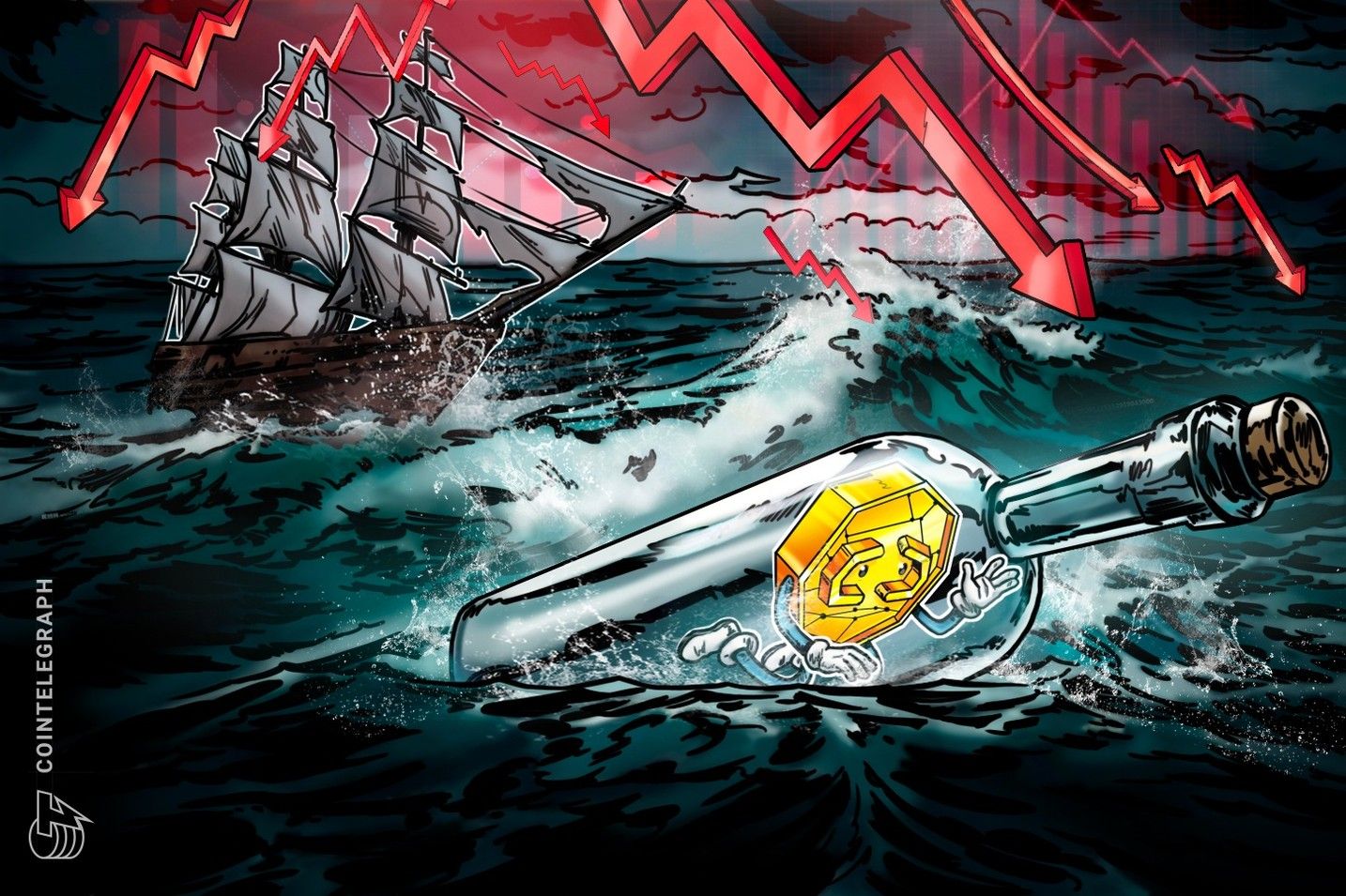Bitcoin Volatility: How Saylor Sees Risk Driving Innovation
Bitcoin continues to spark debate among investors, economists and tech enthusiasts. Recently, Michael Saylor, co-founder of MicroStrategy, made a bold statement. Saying that “Bitcoin’s volatility is a feature, not a bug, and it can be harnessed to move civilization forward.”
Saylor’s perspective has reignited discussions about how the world views Bitcoin and its role in the global financial system.
Understanding Bitcoin’s Volatility
Bitcoin’s price swings are famous, sometimes it can surge by thousands of dollars in a single day. While at other times, it can drop just as sharply. Many critics see this volatility as a problem, arguing that it makes Bitcoin unreliable for everyday transactions.
Saylor, however, has a different perspective. He believes that volatility is a natural and essential part of Bitcoin’s design. According to him, the price fluctuations attract attention, stimulate investment and drive technological and financial innovation.
Why Volatility Can Be Useful
While volatility can be risky for short-term investors, Saylor argues that it also presents opportunities for innovation. For example:
- Traders can profit by leveraging price swings, which drives liquidity in the market.
- Companies exploring blockchain technology are incentivized to improve infrastructure and risk management.
- Public awareness of Bitcoin grows when volatility makes headlines, encouraging wider adoption.
Saylor believes that if managed wisely, Bitcoin’s ups and downs can help shift global financial systems toward more decentralized and efficient models.
Volatility and Civilization’s Progress
Saylor’s comment that Bitcoin’s volatility could “move civilization forward” might sound abstract. But in practice, he means that the financial pressure and technological innovation caused by crypto volatility could encourage more resilient, transparent and efficient economic systems.
For instance, new payment networks, smart contracts and blockchain-based solutions often emerge in response to market challenges. In this way, volatility doesn’t just create excitement, it drives real-world change.
Skepticism and Risk Management
Of course, not everyone shares Saylor’s enthusiasm. Critics warn that Bitcoin’s price swings make it unsuitable for everyday use as a currency. Many investors have lost a lot of money during sudden market drops.
Saylor acknowledges these risks but emphasizes education and careful strategy. He encourages investors to understand the underlying technology, diversify portfolios and approach Bitcoin as a long-term trading asset.
Why Bitcoin’s Swings Could Drive Progress
Saylor’s remarks highlight a growing trend in how thought leaders view cryptocurrency. Instead of fearing volatility, some now see it as a catalyst for growth and innovation.
Whether Bitcoin can truly reshape global finance remains to be seen. But Saylor’s perspective reminds us that volatility isn’t always a flaw. In fact, it might be the very thing that pushes civilization toward a more decentralized and technologically advanced future.
Disclaimer: The content of this article solely reflects the author's opinion and does not represent the platform in any capacity. This article is not intended to serve as a reference for making investment decisions.
You may also like
Bitcoin sees ‘significant step forward’ as $97K BTC price targets return

What’s behind the surge in privacy tokens as the rest of the market weakens?

Bitcoin Updates: Institutional Investors Drive Bitcoin ETF Boom Amid Growing Optimism for Rate Cuts
- Bitcoin ETFs saw $238M net inflows on Nov 21 after a record $903M outflow, signaling institutional stabilization amid volatile markets. - Fed rate cut expectations and Abu Dhabi's tripled IBIT holdings highlight Bitcoin's growing role as a macro-hedge and reserve asset. - Technical indicators suggest $90K-$92K resistance could be broken if daily inflows exceed $200M, potentially pushing BTC toward $100K by early 2026. - Asian institutional buyers consistently inject $150M weekly, contrasting U.S. retail

XRP News Today: Individual Investors Snap Up Last XRP Tundra Shares Ahead of Institutional Phase
- XRP Tundra emerges as a bear market hedge, leveraging dual-chain architecture on XRP Ledger and Solana to offer institutional-grade DeFi infrastructure. - Institutional acquisition accelerated its December 15 launch, establishing a $0.01 retail allocation window amid full KYC and smart-contract audits. - The project's structured yield model and cross-chain capabilities align with growing institutional interest in XRP, contrasting altcoins' struggles in a tightening crypto market. - Tundra's governance (T

